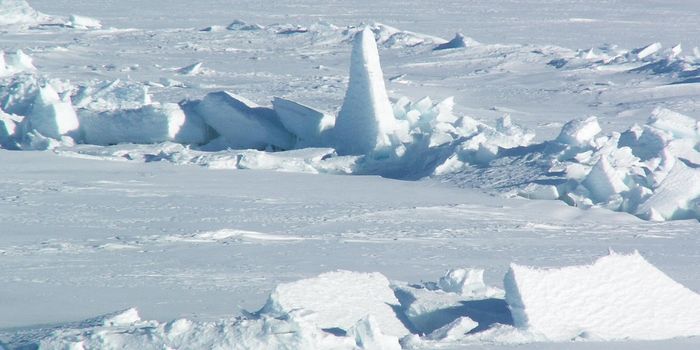Humidity kills
Though many of us would likely welcome a bout of humidity as the winter wind chill kicks in, perhaps we should take another look at what humidity means in the sphere of climate change. Many projections for temperature rise do not factor in humidity, and yet if you’ve ever been outside on a day with 70% humidity, you know that it can make warm feel hot and hot feel deadly. Humidity can make it too hot to move, to work, or in some cases, even survive. That’s why some scientists are trying to incorporate the effects of humidity on climate projections into a new study, published in Environmental Research Letters.
The research team used global climate models to map current and future "wet bulb" temperatures. Never heard of a wet bulb temp? This is a type of measurement which is capable of showing the combined effects of heat and humidity – so if it’s 70 degrees Fahrenheit with 50% humidity, how hot does it actually feel? Previous experiments have determined that a wet-bulb reading of 32 degrees Celsius is the average threshold for humans. Any higher than that and we can’t do much without AC. Right now, some places in the world will have one or two really hot days like this a year, where the wet bulb temperature reads 32 degrees C or higher. But according to study’s projections, by the 2070s, certain parts of the world (mainly the tropics) could be getting hit with 100-250 days of this heat a year. (Southeast US, you better watch out, too – you’ll be that hot 25-40 days every year.)
"The conditions we're talking about basically never occur now -- people in most places have never experienced them," said lead author, Ethan Coffel. "But they're projected to occur close to the end of the century."
Humidity is such a killer because of our physiology: we sweat to cool down. But imagine if the air already has so much water in it that our sweat never actually evaporates, hence you never get that cool relief. When this happens, your core body temp can rise to dangerous levels, to the point of extreme lethargy, failing organs and even death. In poor regions of the tropics where people do not have access to AC or sufficient water and work in outside conditions, the economy will suffer the most and the death toll will likely be the highest. These regions include the southeast US, the Amazon, western and central Africa, southern areas of the Mideast and Arabian Peninsula, northern India and eastern China.
The study also warns that some parts of the southern Mideast and northern India could be in extreme danger of reaching even higher temperatures: 35 wet bulb degrees C by late century. In plain speak, that’s almost 170 degrees F in “dry” heat – equivalent to our skin temperature. Theoretically, at that heat people will die within hours if they don’t have AC.
"Lots of people would crumble well before you reach wet-bulb temperatures of 32 C, or anything close," said coauthor Radley Horton. "They'd run into terrible problems." Horton is referring to basically every aspect of human life: "economy, agriculture, military, recreation."
The paper stresses the urgency for countries to join together in cutting greenhouse-gas emissions, for the sake of all on the planet.
Sources: Science Daily, Environmental Research Letters









